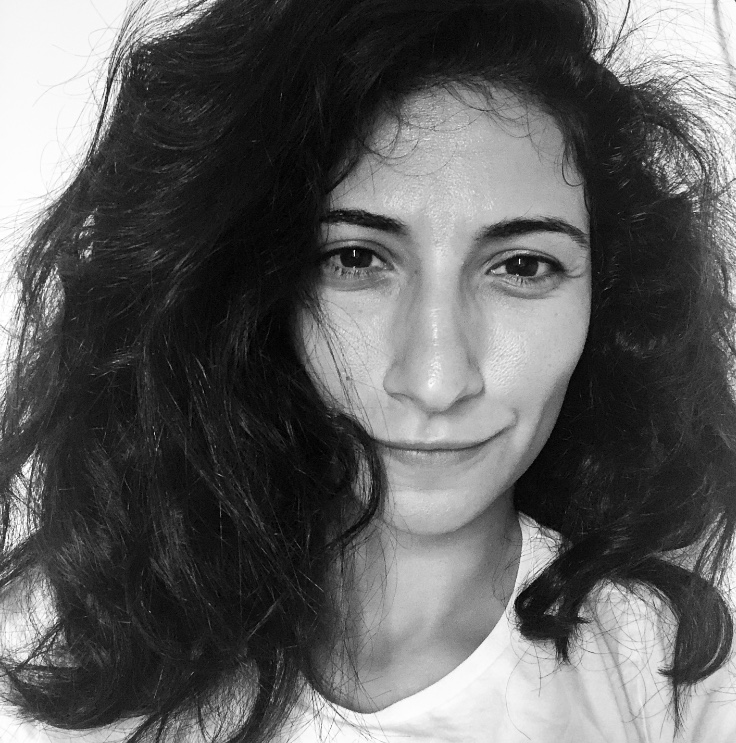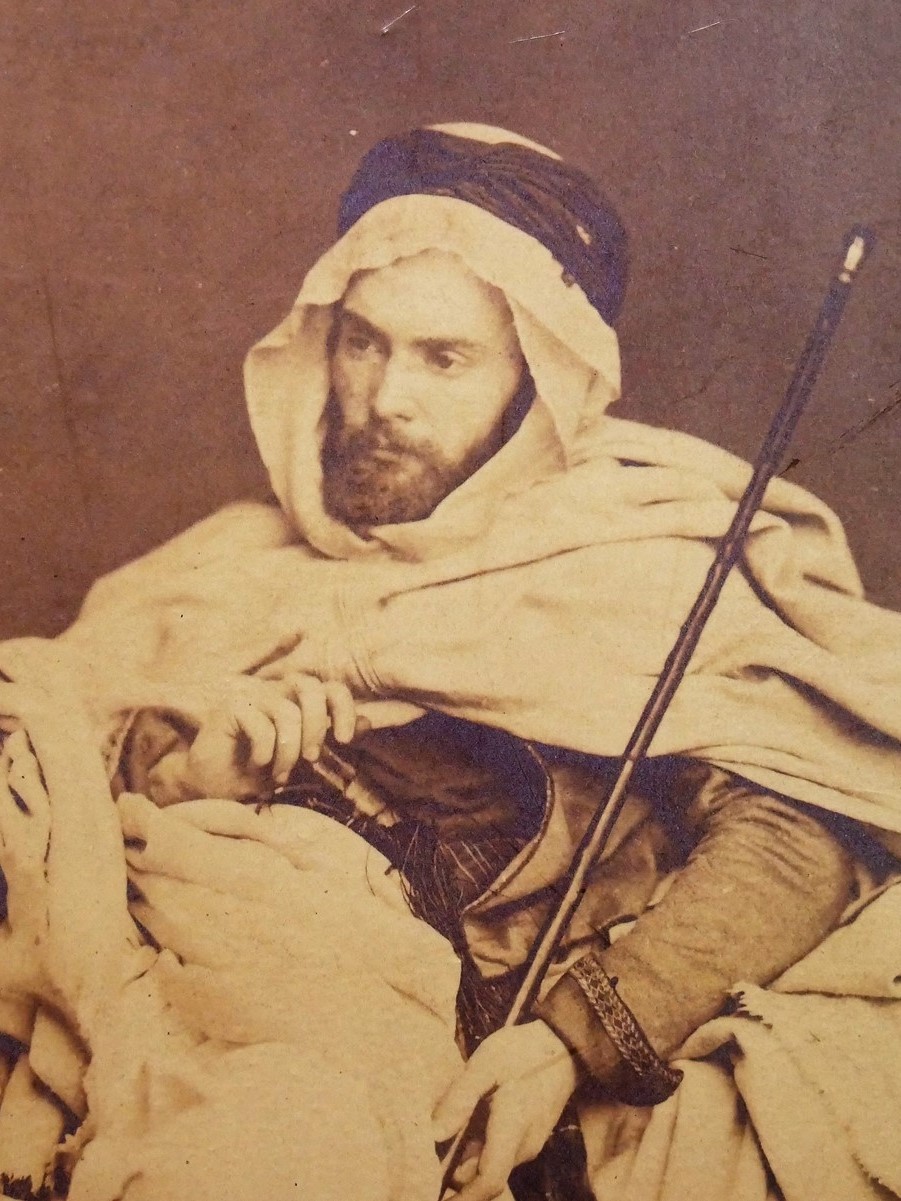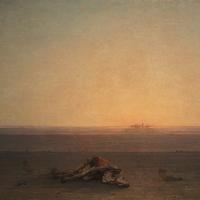More about Gustave Achille Guillaumet
Works by Gustave Achille Guillaumet

Contributor
Long before Burning Man was a thing, Gustave Achille Guillaumet had a one-man festival in the Algerian desert.
The French artist loved to bake under the Saharan sun. Such a fan of Algeria, Guillaumet visited more than 10 times, making him not quite an ex-pat, but more like a tourist who has overstayed his welcome. On his first trip, he contracted malaria and required three months of recovery in a military base. (Lucky for him, French citizens had the protection of the French army in Algeria.) Guides and workshops were also provided to Guillaumet by the French government. The army’s hospitality came at a cost; Guillaumet saw this westernization of Algerian culture as “Frenchification.” Determined to capture Algeria and its citizens accurately, Guillaumet sought to get as far away from European influence as possible, eventually moving south of the colonial capital Algiers, settling in Bou Saada.
It wasn’t like Guillaumet set it upon himself to become an Orientalist painter, but a last-minute, oh-what-the-hell decision to tag along with a buddy who was trekking to Algeria changed his fate. Besides painting, Guillaumet also put his impressions of Algeria down in his book Tableaux Algeriens. Guillaumet stands out from the other French Orientalist painters for being more of a realist in his depictions of the people and culture of Algeria. He’s so beloved by the Musee d’Orsay, that they’ve dedicated an entire room to Oriental art, where Guillaumet’s work dominates. In an obituary written by longtime superfan Leonce Benedite, he marks Guillaumet’s death as the end of Oriental art.
The most important presence in Guillaumet’s life seemed to be the North African sun. On his deathbed, at the age of 47 and dying from a self-inflicted gunshot wound after an argument with his mistress, he wished to be surrounded by it. Unable to travel to the real thing, he asked to be brought to his studio to die amongst his sketches. His last words were said to be, “What gold! What gold! How beautiful it is! What golden palms!”
If you’re thinking about signing up for a walking tour of Paris, head over to the Montmartre Cemetery, the burial place of Guillaumet and many other cultural superstars and artists, like Jean-Léon Gérôme, Gustave Moreau, and Francis Picabia. Guillaumet's grave is nothing short of elaborate, decorated with the artist’s face in a medallion, surrounded by the tools of his trades: a palette, book, and inkwell. There is also a sculpture of a young Berber girl by Louis-Ernest Barrias, who drops flowers onto Guillaumet’s portrait below. The sculpture was inspired by one of Guillaumet’s paintings, Wavers at Bou -Saada, in which he used the the same model.
Sources
- Aldrich, Robert. Vestiges of the Colonial Empire in France: Monuments, Museums and Colonies. New York, N.Y.: Palgrave Macmillan, 2005.
- Benjamin, Roger. Orientalist Aesthetics: Art, Colonialism, and French North Africa, 1880-1930. Berkeley, CA: University of California Press, 2003.
- Boutges, Margot, “Guillaumet leaves the desert,” Le Journal des Arts, July 18, 2018. Accessed August 24, 2020. https://www.lejournaldesarts.fr/expositions/guillaumet-sort-du-desert-1…
- Dahesh Museum of Art, “Louis-Ernest Barrias, The Young Girl of Bou-Saada, or The Flower Seller, 1894,” Dahesh Museum of Art, Accessed August 24, 2020. http://www.daheshmuseum.org/portfolio/louis-ernest-barriasthe-young-gir…
- Armand Dayot. The Salon of 1890: One Hundred Plates in Photogravure and Etchings. Translated by Henry Bacon. Goupil and Company: 1890.
- Gearon, Eamonn. The Sahara: A Cultural History. New York, NY: Oxford University Press, Inc., 2011.
- Gotlieb, Marc. The Deaths of Henri Regnault. Chicago: University of Chicago Press, 2016.
- Gotlieb, Marc, “How Orientalist Painters Die,” Nonsite.org, December 15, 2014. Accessed August 24, 2020. https://nonsite.org/article/how-orientalist-painters-die
- Meier, Allison, “The tombs of artists: a last statement from the grave,” Hyperallergic, August 1, 2013. Accessed August 24, 2020. https://hyperallergic.com/76916/the-tombs-of-artists-a-last-statement-f…
- Rosenthal, Donald A. Orientalism, the Near East in French Painting, 1800-1880. Rochester, N.Y.: Memorial Art Gallery of the University of Rochester, 2011/
- The New York Times, “Painter Guillaumet’s tragic death,” April 6, 1887. Accessed August 24, 2020. https://timesmachine.nytimes.com/timesmachine/1887/04/06/109788711.pdf
- Ward, Jackson, Philip., Hargrove, June., Drost, Wolfgang., Bluhm, Andreas., Yarrington, Alison., Heran, Emmanuelle. The Colour of Sculpture, 1840-1910. Netherlands: Reaktion Books, Limited, 1996.
Featured Content
Here is what Wikipedia says about Gustave Achille Guillaumet


Gustave Achille Guillaumet (26 March 1840 – 14 March 1887) was a French painter. He is best known for his paintings of North Africa.
Check out the full Wikipedia article about Gustave Achille Guillaumet











